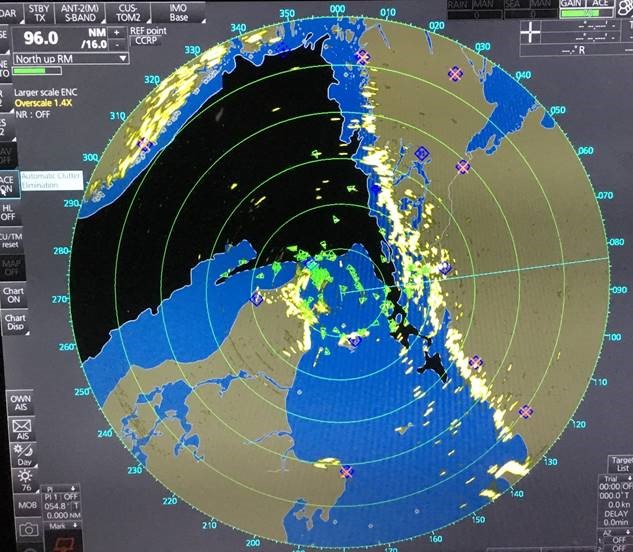Our first captain-requested White Paper, investigating tech products for the Winter Refit 2017/18.
For those considering a refit for their superyachts this winter and beyond, switching to solid state radars is likely something you have tossed back and forth. However, with so much information on the topic and not much time to read it all, weighing up all the options can be a hard graft. The SYT News team has investigated the pros, cons and legalities of solid state vs. magnetron and put it all in one place, so you can easily decide for yourself what would be the best fit for your yacht. Speaking to experts from the big three companies currently producing solid state radars – Garmin, Furuno and Navico/SIMRAD – as well as an IMO representative, we talk specifications, opinions and legislation.
What’s out there?
Furuno

It has an open array FAR3000 range, which includes an S–Band radar that uses solid state technology for long range detection and an X-Band solid state radar. The latter is marketed for smaller vessels (under 30m), though it has the potential to also be used on superyachts for short range applications. Furuno’s solid state technology uses the doppler effect, meaning it can represent a target coming towards you or moving away in different colours. Dan Conway, Area Sales Manager at Furuno, said: “It is designed for maximum user-friendliness; the idea is you don’t have to do a whole new radar training course to get up to scratch with how to use solid state if you are used to magnetron.” Its S-Band has an output power of 250w, with different models of the X-Band transmitting at 20w.
Whilst Conway says there will be bigger X-Band models coming from Furuno that can legally cater for superyachts and bigger vessels, currently the company is awaiting IMO requirement change, meaning its development (or at least the release) of this is on pause for the time being. Prices are on request. The IMO ruling will be covered in more detail further on.







